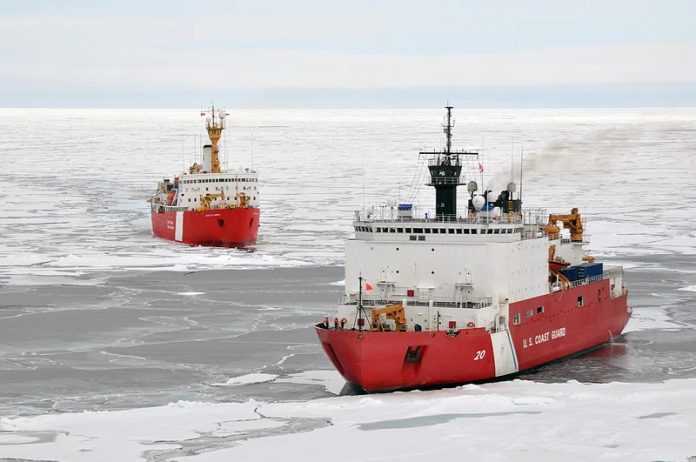
It started with a fire and a dry dock. In July, the U.S. Coast Guard medium icebreaker Healy experienced an electrical fire that sent it back to Seattle, while the heavy Polar Star was already out of commission for repairs. America’s entire polar icebreaking fleet three ships on paper was out of commission overnight. The weakness was glaring, and the White House acted fast to secure a deal that would bring in the world’s leading icebreaker builders: Finland.

1. The Strategic and Agreement Context
Finnish President Alexander Stubb and President Donald Trump will sign a memorandum of understanding ordering 11 Arctic Security Cutters four in Finland, seven in the United States. Worth $6.1 billion, the program is intended to enhance U.S. presence in the Arctic as Russia and China open up the High North. “It is great that Finnish expertise is trusted.” The partnership is good for Finland and the United States, Stubb added. The agreement is an extension of the 2024 ICE Pact trilateral framework involving Canada and Finland, aimed at combining polar shipbuilding know-how.
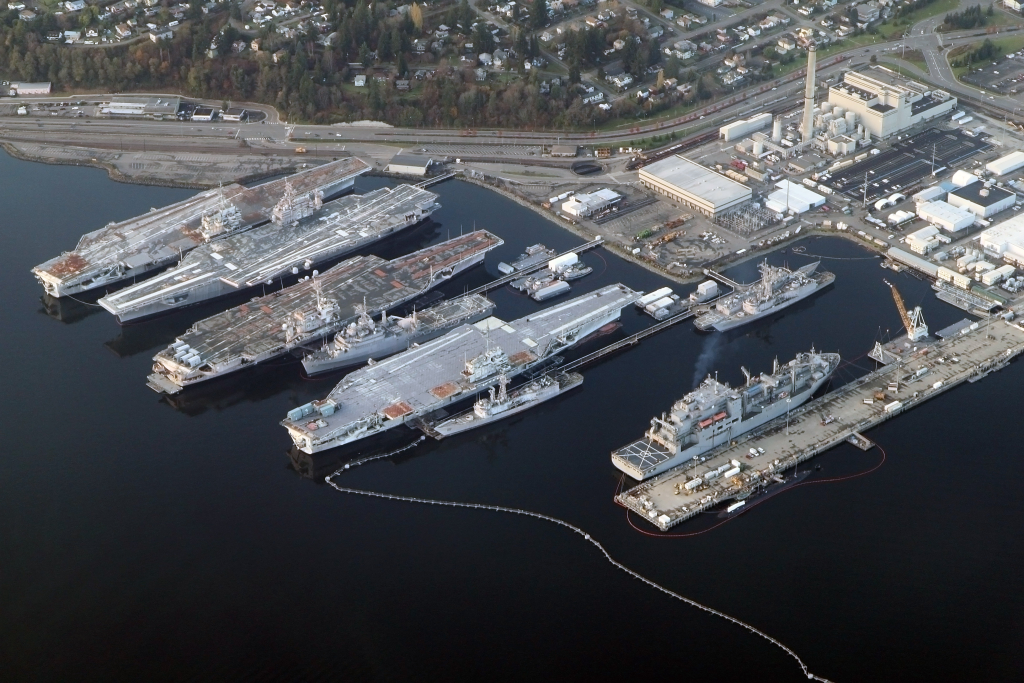
2. Engineering Excellence from Finland
Finland designs 80 percent of the globe’s icebreakers and constructs 60 percent, a record based on decades of necessity every Finnish seaport freezes over in winter. Finland’s fleet features the Polaris, the world’s first icebreaker with dual-fuel LNG and low-sulphur diesel engines, minimizing CO₂ emissions while providing heavy icebreaking performance. Helsinki Shipyard, recently owned by Canada’s Chantier Davie, will undertake Finnish construction, based on designs tested in seven vessels already in operation.
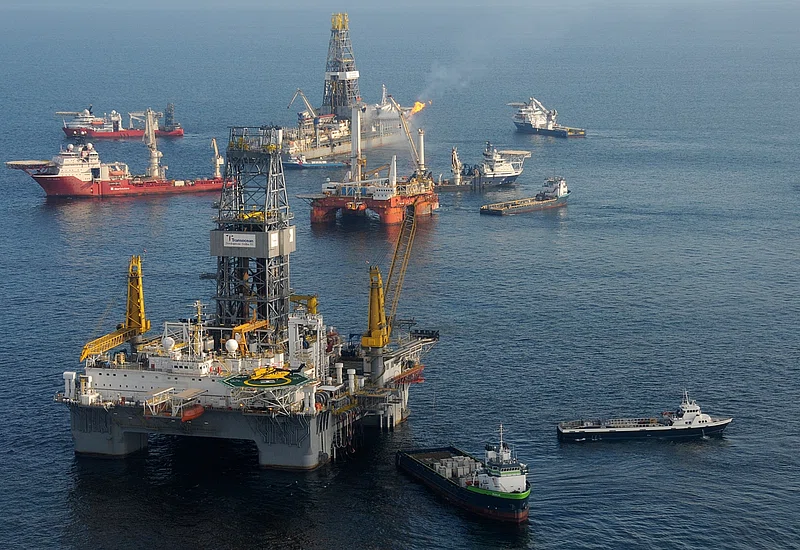
3. U.S. Domestic Shipbuilding Surge
Davie Defense Inc. will construct three ships in Galveston, Texas, using $1 billion to revamp the Gulf Copper shipyard into the “American Icebreaker Factory.” Four others will be produced by Bollinger Shipyards of Houma, Louisiana, jointly with Rauma Shipyards and Aker Arctic Technology of Finland. The Texas plant will see the creation of more than 2,000 direct jobs and 7,000 across the state with an economic impact of more than $9 billion. “America doesn’t need more promises, it needs ships on the water fast,” said Davie Defense CEO Kai Skvarla.
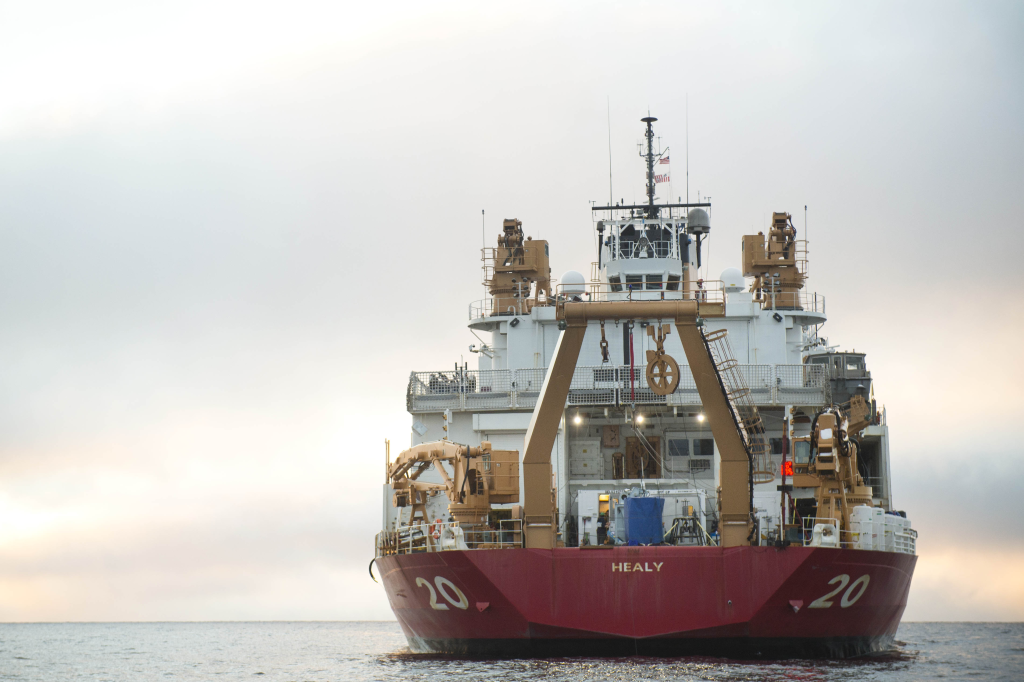
4. Closing the Capability Gap
The U.S. only has two working polar icebreakers USCGC Healy and the aging Polar Star while Russia has 55 icebreakers, including 18 in the military, and China has four polar-capable ships with additional plans. Vice Adm. Peter Gautier cautioned Congress that simultaneous Russian–Chinese patrols of the Bering Sea portend “their Arctic cooperation is only expanding.” A Coast Guard report in 2023 determined the U.S. would require eight to nine polar icebreakers to cover mission requirements.
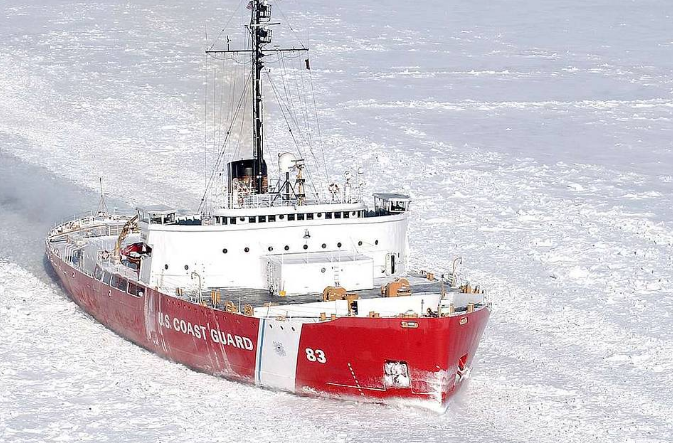
5. Performance and Design Specifications
Arctic Security Cutters are medium-class icebreakers intended to continuously break ice up to 1.5 meters thick, with strengthened hulls, specialized propeller drives, and heating systems for operations in freezing rain. The fourth-generation ASC design in Finland encompasses modularity for quick maintenance and mission adaptability, which allows quicker delivery Davie Defense puts forward that the first American-built ASC would be launched in 26 months from contract signing.
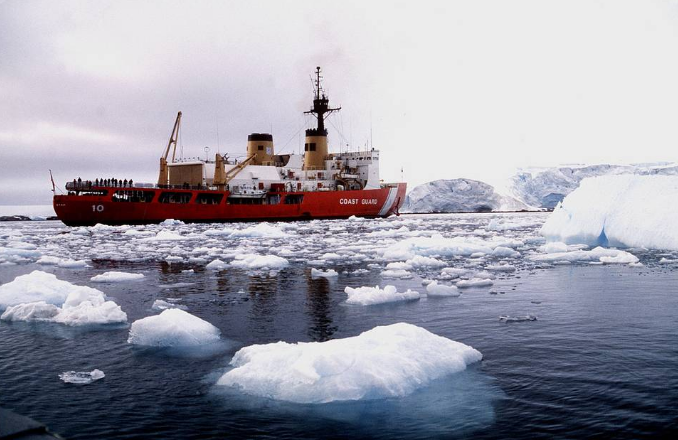
6. Industrial Partnerships and Technology Transfer
The agreement provides for direct collaboration between the U.S. Coast Guard and Finnish industry to provide transfer of Arctic engineering expertise. The application of experience on ships such as Canada’s Polar Max projected to be one of the world’s most powerful icebreakers will guide U.S. construction. The partnership is also consistent with the Restoring American Maritime Dominance executive order, aimed at reinvigorating national shipbuilding capability to match Chinese competition.
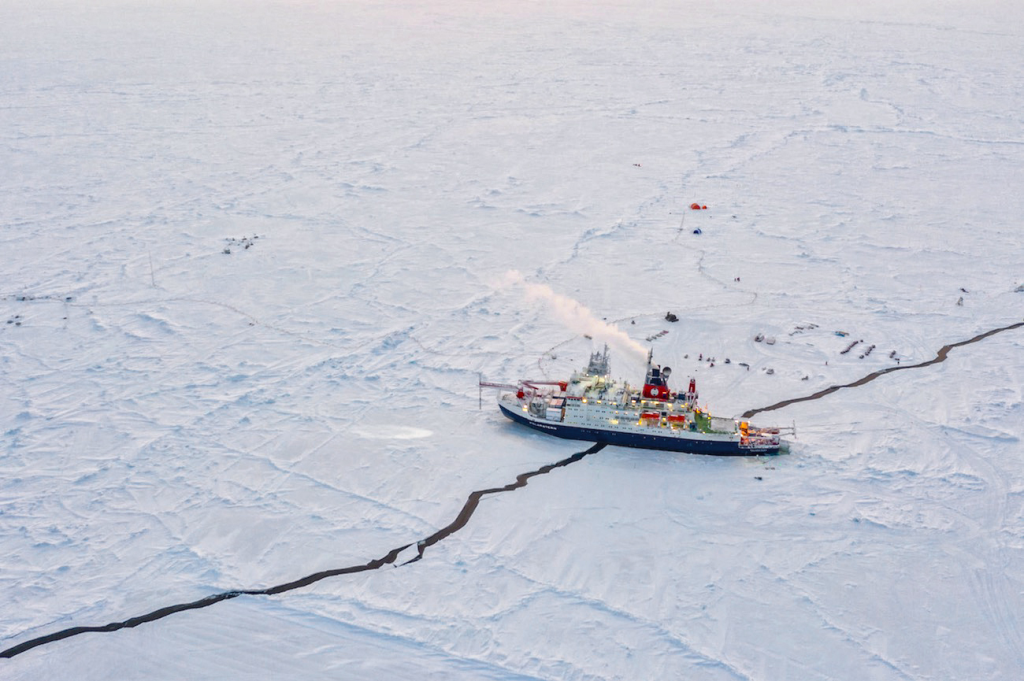
7. Geopolitical Interests in the High North
Thawing ice is opening the Northern Sea Route, a possible main transit route between Europe and Asia by 2050. Russia’s facilities along the route may impose undue maritime claims, while China’s “near-Arctic state” assertion and nuclear icebreaker plans hint at long-term strategic interest. “We risk being at jeopardy without recapitalizing these icebreakers,” Gautier emphasized, highlighting the imperative of fleet growth.
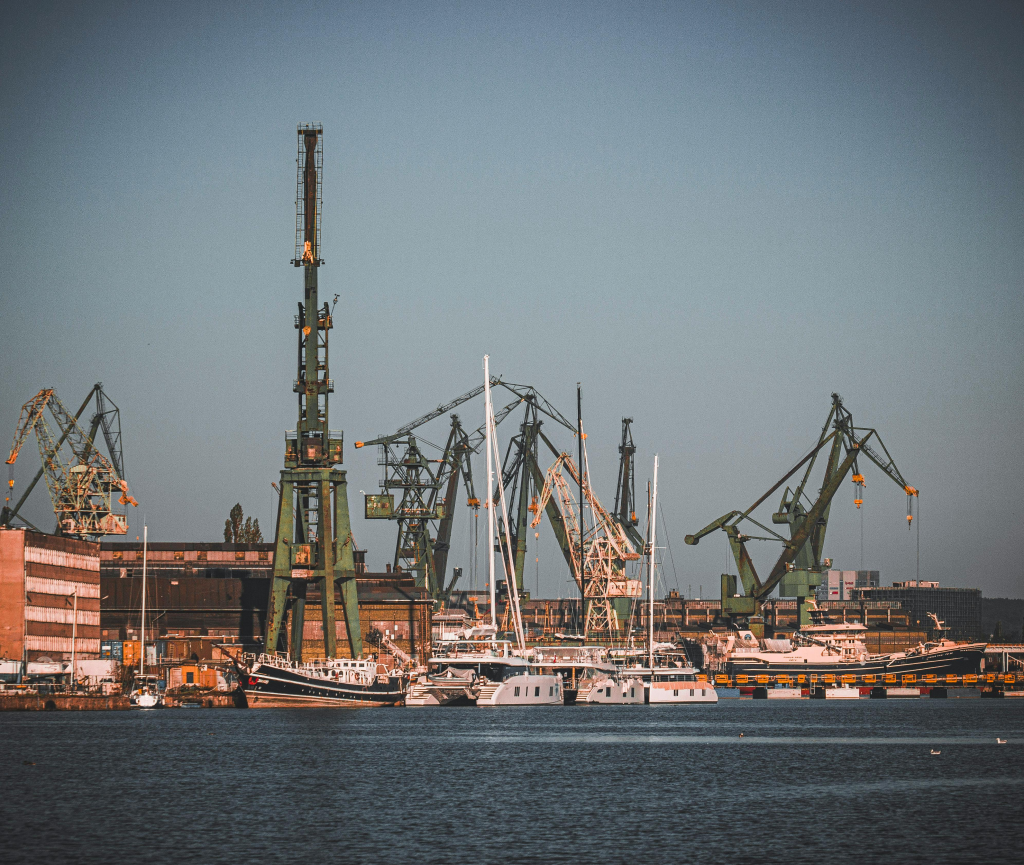
8. Economic and Workforce Impact
In addition to security, the program is a significant industrial stimulus. The Texas and Louisiana shipyards will tap American suppliers, train skilled workforces, and boost regional economies. Standalone studies predict billions in downstream economic activity from making steel through advanced marine electronics manufacturing.

9. Timeline and Delivery Challenges
The first vessel is due in 2028, though previous U.S. icebreaker projects have encountered delays Bollinger’s Polar Security Cutter is now due in 2030, six years behind schedule. By utilizing Finland’s tested designs and designed-for-purpose facilities, the administration seeks to prevent such delays. Vice Adm. Thomas Allan observed, “Whenever your boss is interested in 40 icebreakers, you are very happy I kind of go back to that eight or nine number.” The agreement represents a strategic leap towards closing America’s Arctic capability gap via engineering innovation, industrial growth, and cooperation with allies, setting America up to address the challenges of a rapidly evolving polar world.
